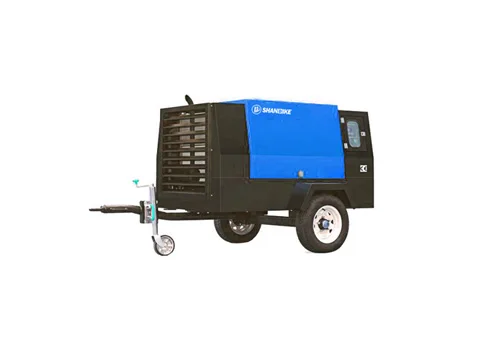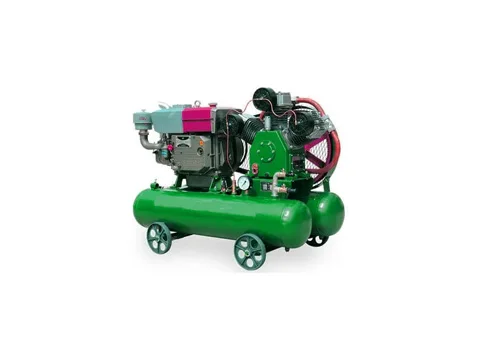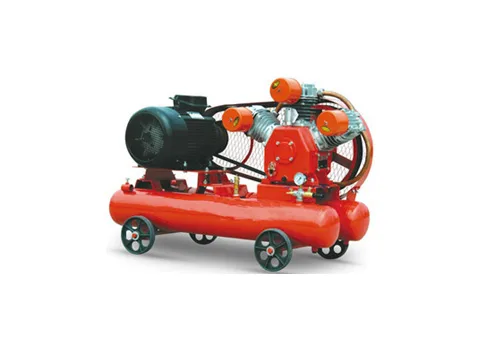
A screw air compressor is a type of positive displacement compressor that uses helical screws (rotors) to compress air. It is widely used for its efficiency, reliability, and suitability for continuous operation. Below is a structured breakdown of its components, working principles, types, applications, and considerations.
Working Principle
Two intermeshing rotors (male and female) rotate in opposite directions within a housing.
As the rotors turn, air is trapped in the decreasing volume between the rotors and the housing, compressing it progressively.
Feature
Uses oil for lubrication, cooling, and sealing.
Common in industrial settings (e.g., manufacturing, automotive).
Requires regular oil changes and filtration.
Uses timing gears or coatings to prevent rotor contact.
Ideal for sensitive applications (e.g., food, pharmaceuticals).
Higher initial cost but eliminates oil contamination risk.
Single-Stage: One compression step; suitable for moderate pressures.
Two-Stage: Compresses air in two steps with intercooling for higher efficiency and pressure.
Applications
Industrial: Manufacturing, plastics, textiles.
Construction: Pneumatic tools, sandblasting.
HVAC: Refrigeration systems.
Energy: Gas pipeline compression.
Specialized: Oil-free variants in medical, food, and electronics industries.
Advantages
Continuous Operation: No pulsation, ideal for 24/7 use.
Efficiency: Better part-load performance, especially with VSD.
Durability: Lower vibration, longer lifespan than piston compressors.
Low Maintenance: Fewer moving parts compared to reciprocating models.
Maintenance Considerations
Oil-Injected: Monitor oil quality, replace filters, and check for leaks.
Oil-Free: Inspect rotor coatings and timing gears.
General: Clean/replace air filters, check cooling systems, and drain condensate.
Comparison with Reciprocating Compressors
Screw Compressors: Better for continuous, high-demand use; quieter and more efficient at scale.
Piston Compressors: Lower upfront cost, suitable for intermittent use.
Safety and Efficiency Features
Pressure Relief Valves: Prevent over-pressurization.
Air Dryers: Remove moisture to protect downstream equipment.
Temperature Controls: Avoid overheating.
| Model | Screw Air Compressor-5.2/7 | |
| Air delivery | m³/min | 5.2 |
| cfm | 185 | |
| Working pressure | bar | 7 |
| psi | 100 | |
| Cylinder No. | 4 | |
| Full load speed | rpm | 2400 |
| Fuel tank capacity | l | 70 |
| Output at rated speed | kw | 37 |
| Length*Width*Height | mm | 2950*1650*1500 |
| Weight | kg | 1150 |
| Outlets | 2 3/4’’ | |
Notice: There is a chance that SHANDIKE may make changes on above-mentioned information. Product pictures and parameters about models, data, performances and specifications on this website are for reference only.

